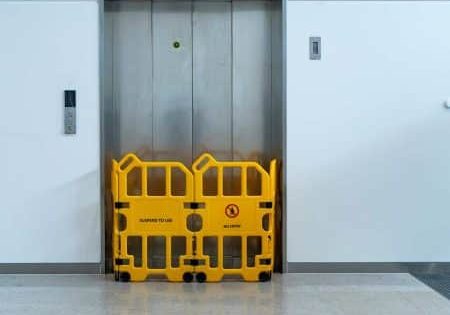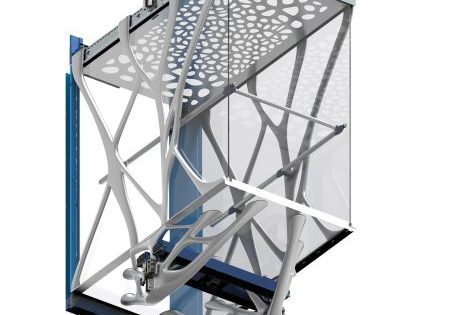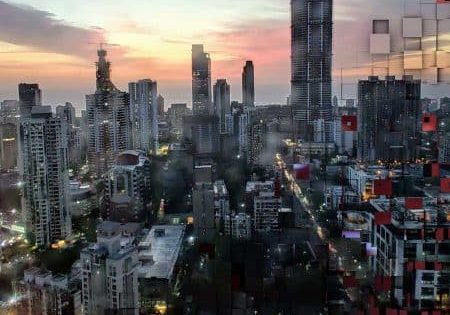Change Remains the Only Constant
May 23, 2023
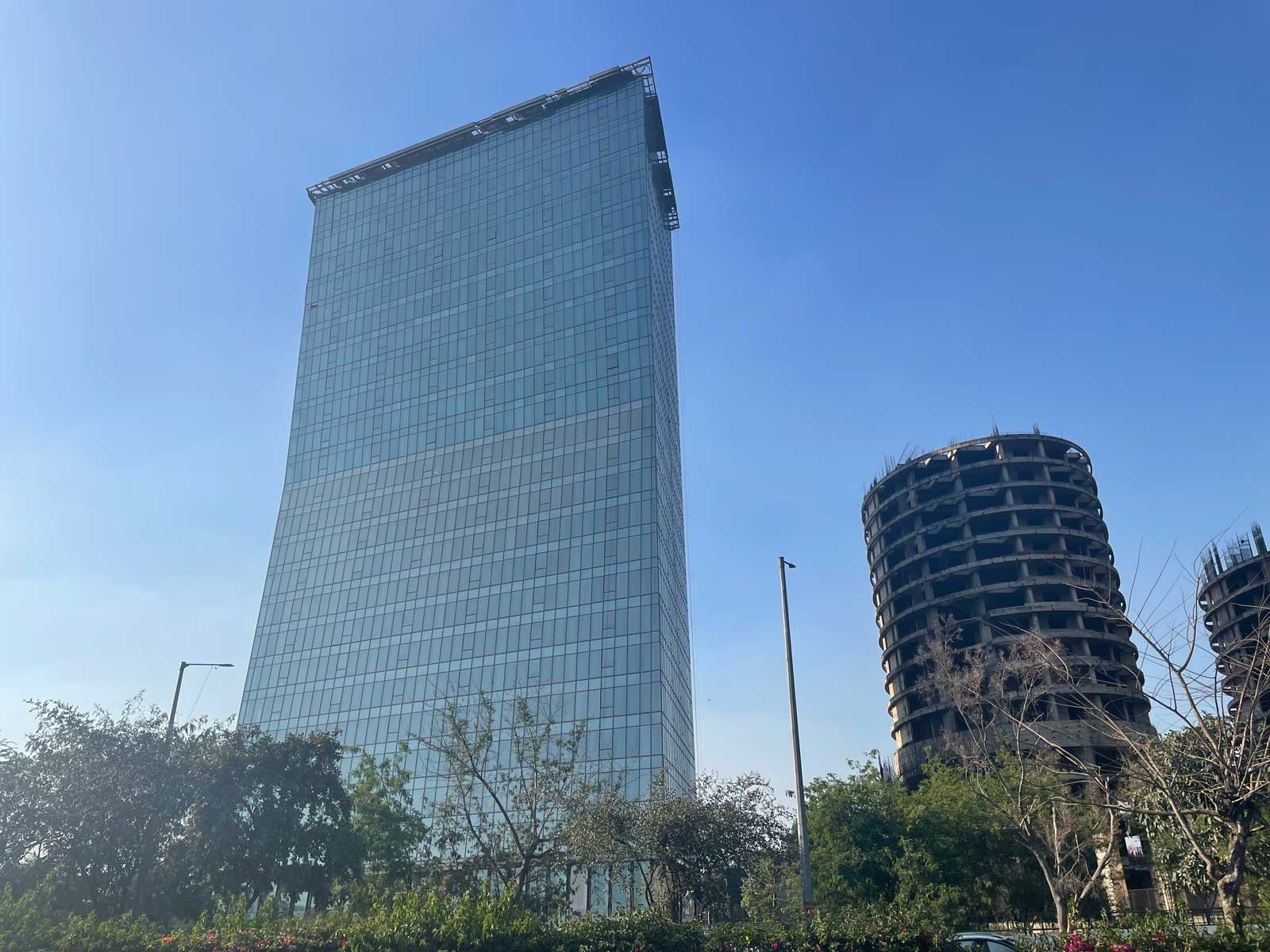
Your author analyzes India’s VT metamorphosis utilizing 5WH question methodology.
photos by Gagandeep Kaur
To a large extent, the development of India’s vertical-transportation (VT) industry over the years reflects the nation’s economic growth story. When we contemplate the issue theme “Transformation Tales” from a business perspective, the logical way of analyzing VT-related aspects that have witnessed metamorphosis is by utilizing the 5WH question (who, what, when, where and why) methodology.
Who Has Changed It?
As always, it is the pioneers of the VT industry and its myriad stakeholders who have spearheaded change and maintained ongoing progress. The top brands believed it was time to move the industry forward and, thereby, enabled real estate projects across the country to achieve far greater heights than before.
It is the future-ready organizations and visionaries heading them that have not only initiated transformation, but also sustained it over the decades. From property developers to architects designing buildings and VT providers that make skyscrapers possible, transformation has occurred thanks to the efforts of a combination of risk takers and achievers working in tandem on noteworthy projects that inspired countless others.

What Has Changed?
If we look at how VT and technology have played a role in this transformation tale, it becomes very obvious that the two are intertwined. Twenty-five years ago, the escalator was a rarity — mostly visible only at airports. Gradually, the metro concept introduced at Kolkata was extended to Delhi, followed by other cities. Like airports, metro systems are served by VT systems to provide accessibility.
Many years later, Indian Railways also gradually started incorporating escalators. From an occasional station at perhaps a prime junction, today we have a scenario where both escalators and elevators are increasingly visible at most new and existing railway stations. The pace of adding them has become so rapid that many present-day school students would find it hard to believe that the only option their parents had was to climb long staircases.
From an era when traveling by an elevator or escalator was a privilege reserved for only a select segment of society, now high rises are pretty common, and greater access has helped demystify VT. It is no longer a novelty to be explored, but a mode to be utilized.
A systematically planned introduction of energy-efficient VT models, a tangible shift toward “green” and high-speed elevators and escalators have enabled landmark high rises to be envisaged and developed.
When Has It Changed?
When we look at when the metamorphosis began to take place, one could approximately mark it at the dawn of the new millennium. Suddenly, major metropolitan cities across India began to see a visible shift in development patterns, and the skyline was never the same. Low-rise structures practically came to a halt. Even state-developed housing saw elevators being installed, while the private sector ramped it up from buildings with 12-plus floors to 20-plus floors becoming the norm.
A decade later, it was difficult to find anything shorter, except in the case of stand-alone structures on small plots. The past five to seven years have witnessed a competition of sorts between new project launches, with each striving to be the tallest landmark coming up in the area. Not surprisingly, for a variety of factors, including the views and ventilation, such endeavors have been much appreciated and found takers who wish to stay in these “vertical bungalows” or “sky villas,” as they are often described.
Where Has It Changed?
The next question is where do we see the metamorphosis taking place? There’s a one-word answer: everywhere! Be it the Tier 1, Tier 2 or sometimes even Tier 3 cities, high rises are seen as symbols of development. A systematically planned effort is also underway to go as vertical as possible so open spaces can be maximized and greenery can be maintained to a greater extent.
Most importantly, all of this can be accomplished without compromising on the number of residential, office, retail, hospitality, healthcare, education and leisure units or facilities in a particular area. It is not unusual — even in a low-rise zone — to see one-off structures with escalators and elevators.
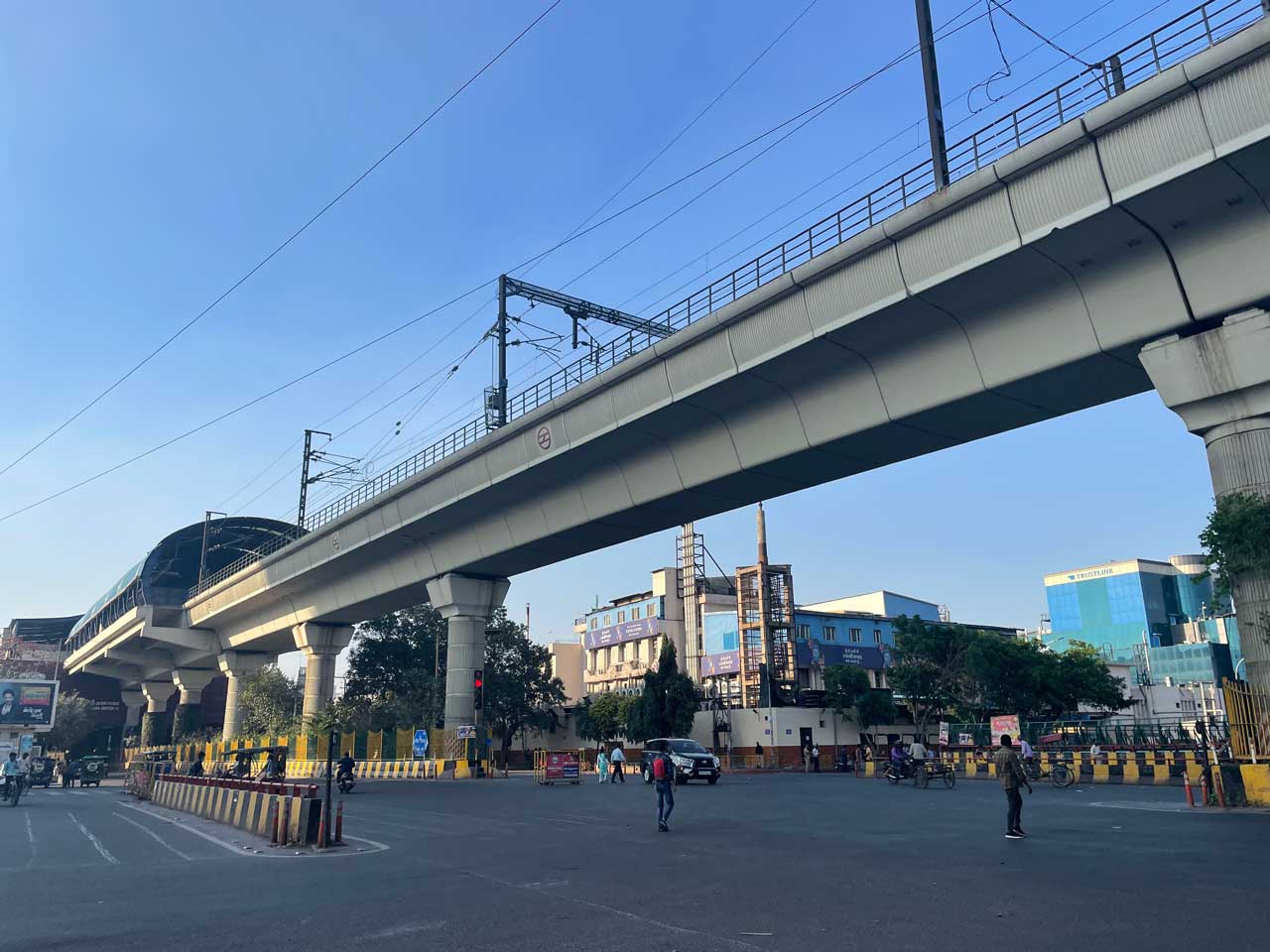

Why Has It Changed?
The all-important question in any analysis is why. In this case, many factors or decision drivers have contributed to pushing change through. Initially, it was the dynamics of demand and supply for VT, with need-based, as well as aspiration-led, push and pull seen to be in play. In some situations, the essential requirement for next-level VT was the trigger, whereas in other cases, the desire for a better-quality lifestyle and the influence of market forces played a key role.
From Indians experiencing a much wider range of different VT models during their holidays abroad to the rising influx of multinationals constructing customized buildings with VT to match in accordance with their global format, the reasons behind the transformation were many. To borrow a catch phrase from an advertisement for television sets, it was a case of “Neighbors Envy, Owners Pride” that resulted in each building’s developer trying to outdo, or at least match up, to the other.
How Has It Changed?
A systematically planned introduction of energy-efficient VT models, a tangible shift toward “green” and high-speed elevators and escalators have enabled landmark high rises to be envisaged and developed. Incorporating escalators became possible even in small supermarkets by using something as basic as sensors to activate them only when required and stay in standby mode otherwise. Innovations such as inclined travelators being utilized to facilitate the movement of trolleys between different store levels are also on the rise.
VT is no longer a novelty to be explored, but a mode to be utilized.
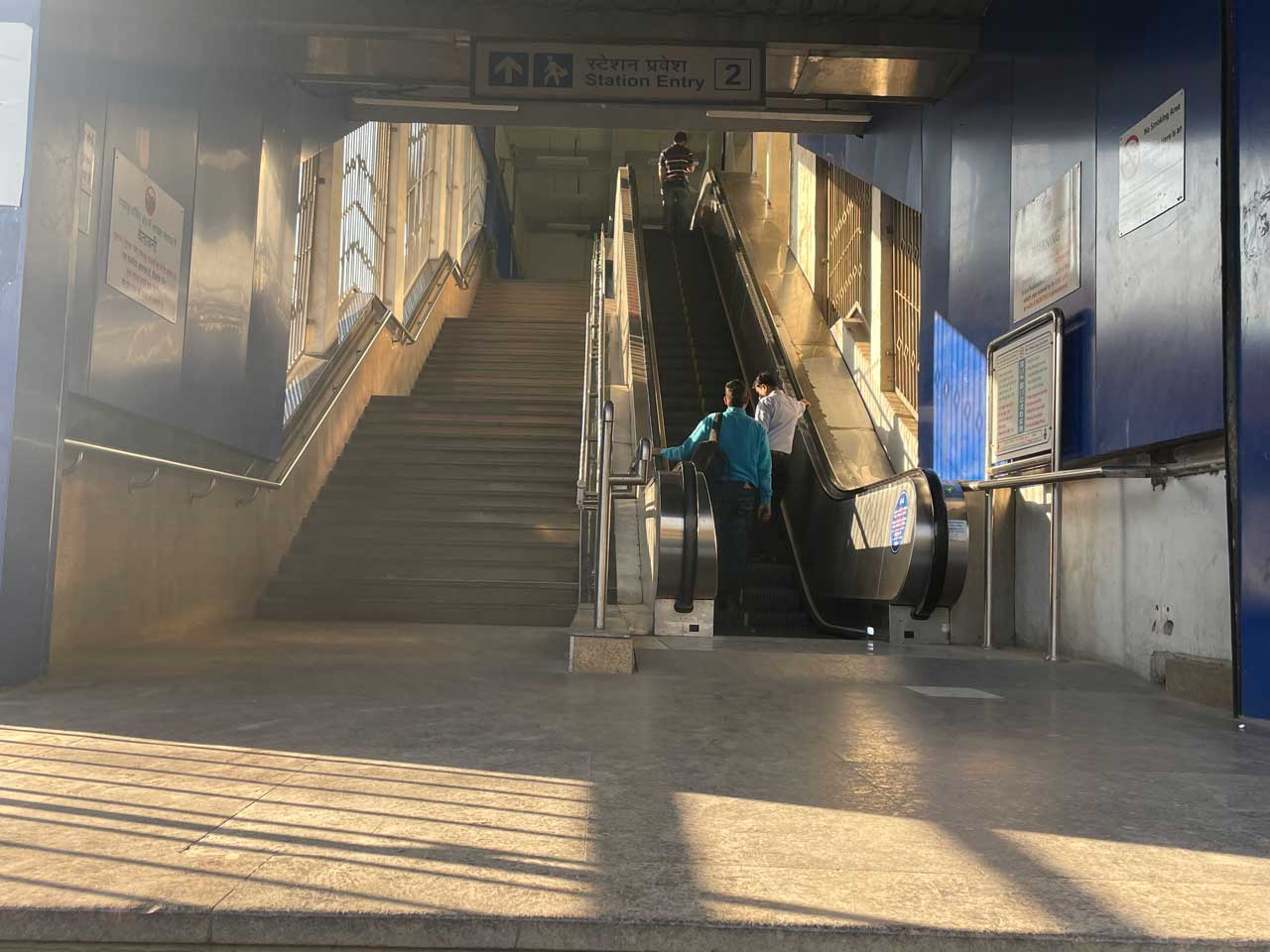
With affordable models requiring minimal space, today even low-rise housing formats like villas and bungalows (along with penthouses or duplexes) have begun to incorporate home elevators. Mixed-use developments with escalators for internal connectivity within a couple of floors and elevators for longer gaps are another noticeable trend that has started to pick up. Commercial buildings, which were hitherto just for work, now also have food courts and pubs or mini amusement parks with multiple VT access modes.
To sum it up, change continues to be the only constant in the VT industry in India. From a business perspective, we should look forward to many more upgrades going forward, as well.
Get more of Elevator World. Sign up for our free e-newsletter.


